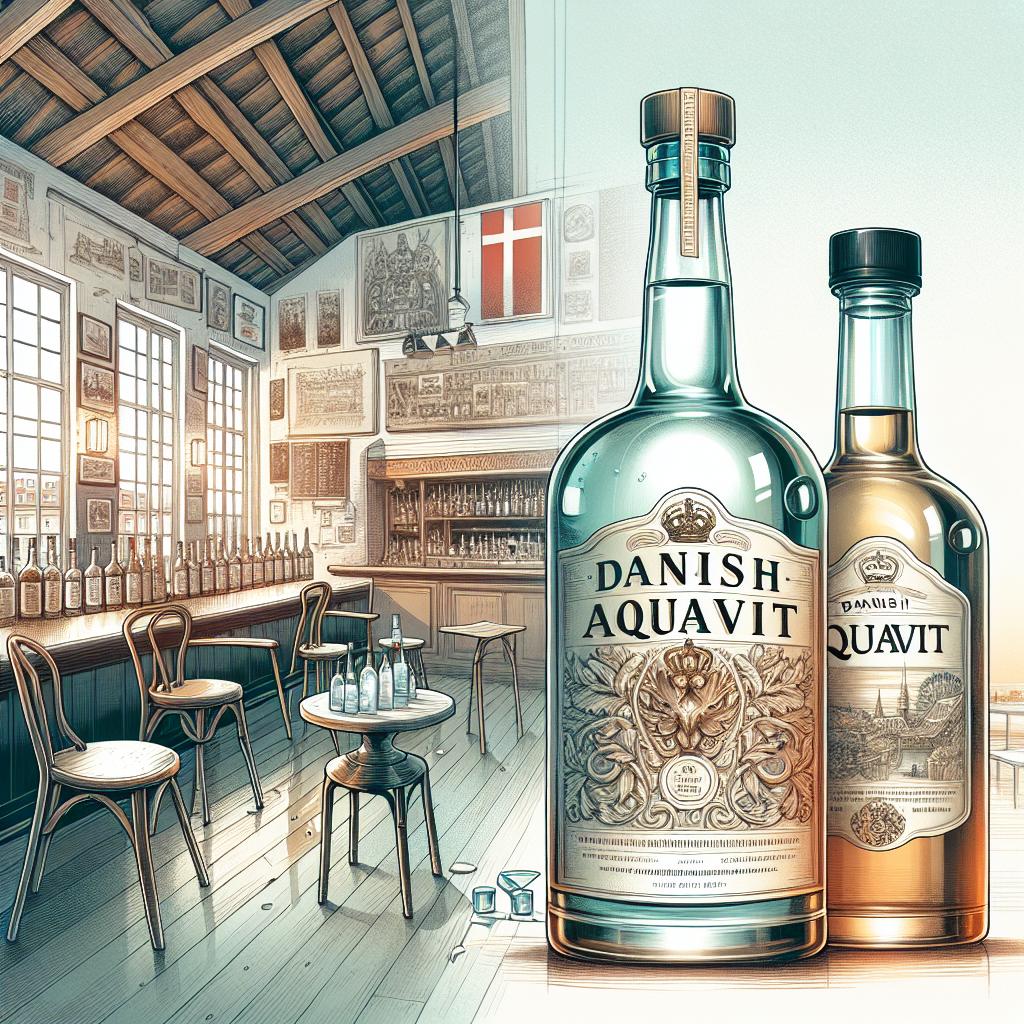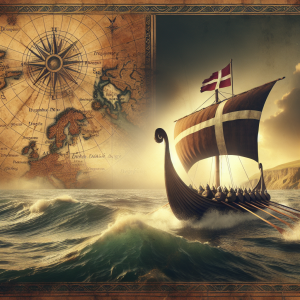I have always been fascinated by the rich traditions and cultural heritage of Denmark. As a Danish-American, I have grown up surrounded by stories of my ancestors and their customs, and one of the most enduring symbols of Danish culture is aquavit. In this article, I will take you on a journey through the history and significance of Danish aquavit, exploring its deep-rooted ties to Danish culture and its contemporary relevance in the modern world.
The Origins of Aquavit
Dating back to the 15th century, aquavit has been an inseparable part of Danish culture for centuries. The name “aquavit” is derived from the Latin words aqua vitae, meaning “water of life,” and its origins can be traced to the monasteries of medieval Europe, where it was used for its medicinal properties. However, it wasn’t until the 16th century that aquavit as we know it today emerged in Denmark and neighboring Scandinavian countries.
The key ingredient in aquavit is caraway, a spice that has been cultivated in Denmark for centuries. In addition to caraway, aquavit is often flavored with other herbs and spices such as dill, coriander, and fennel, giving it a distinctive and complex flavor profile. One of the unique aspects of Danish aquavit is that it is traditionally aged in oak casks, which lends it a mellow and nuanced character.
The Cultural Significance of Aquavit
In Denmark, aquavit is more than just a beverage – it is a symbol of conviviality, tradition, and national pride. It is deeply embedded in Danish social rituals and is often enjoyed during special occasions and festive gatherings. Whether it’s a wedding, a birthday, or a festive holiday like Christmas or Midsummer, aquavit is an essential part of the Danish cultural experience.
One of the most cherished traditions associated with aquavit is the “skål”, a Danish toast that is often accompanied by a shot of aquavit. The act of raising a glass of aquavit and making a heartfelt toast is a time-honored ritual that brings people together and fosters a sense of community and celebration.
Contemporary Relevance of Aquavit
While Danish aquavit has deep historical roots, it continues to enjoy a vibrant and dynamic presence in the modern world. In recent years, there has been a resurgence of interest in traditional artisanal spirits, and Danish aquavit has experienced a renaissance among a new generation of connoisseurs and cocktail enthusiasts.
Craft distilleries in Denmark and abroad are producing innovative and high-quality aquavits that pay homage to traditional recipes while incorporating modern techniques and interpretations. These contemporary aquavits capture the essence of Danish culture and heritage while appealing to a global audience.
In addition to enjoying aquavit neat, it has also found its way into inventive cocktails that showcase its versatility and complexity. Mixologists are experimenting with innovative ways to incorporate aquavit into classic and contemporary drink recipes, further cementing its status as a beloved and enduring spirit.
The Future of Danish Aquavit
As the custodian of Danish heritage and culture, I am excited about the future of Danish aquavit. The growing interest in craft spirits and the rise of culinary tourism have created a fertile ground for the continued innovation and appreciation of this iconic Danish beverage. With its rich history, cultural significance, and contemporary appeal, Danish aquavit is poised to captivate and inspire future generations, both in Denmark and beyond.
In conclusion, Danish aquavit sits at the intersection of tradition and innovation, embodying the essence of Danish culture in a single sip. Its centuries-old legacy and enduring relevance make it a cherished symbol of Danish heritage and hospitality, and its continued evolution ensures that it remains a vibrant and flourishing part of Danish cultural identity. Skål!





